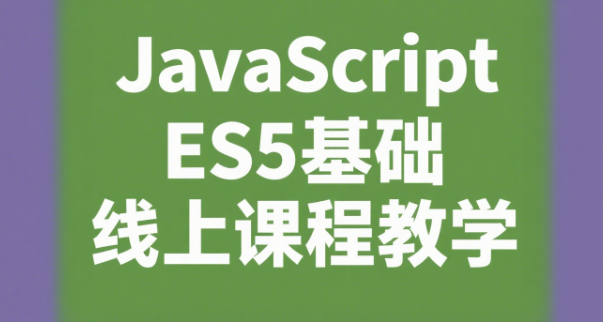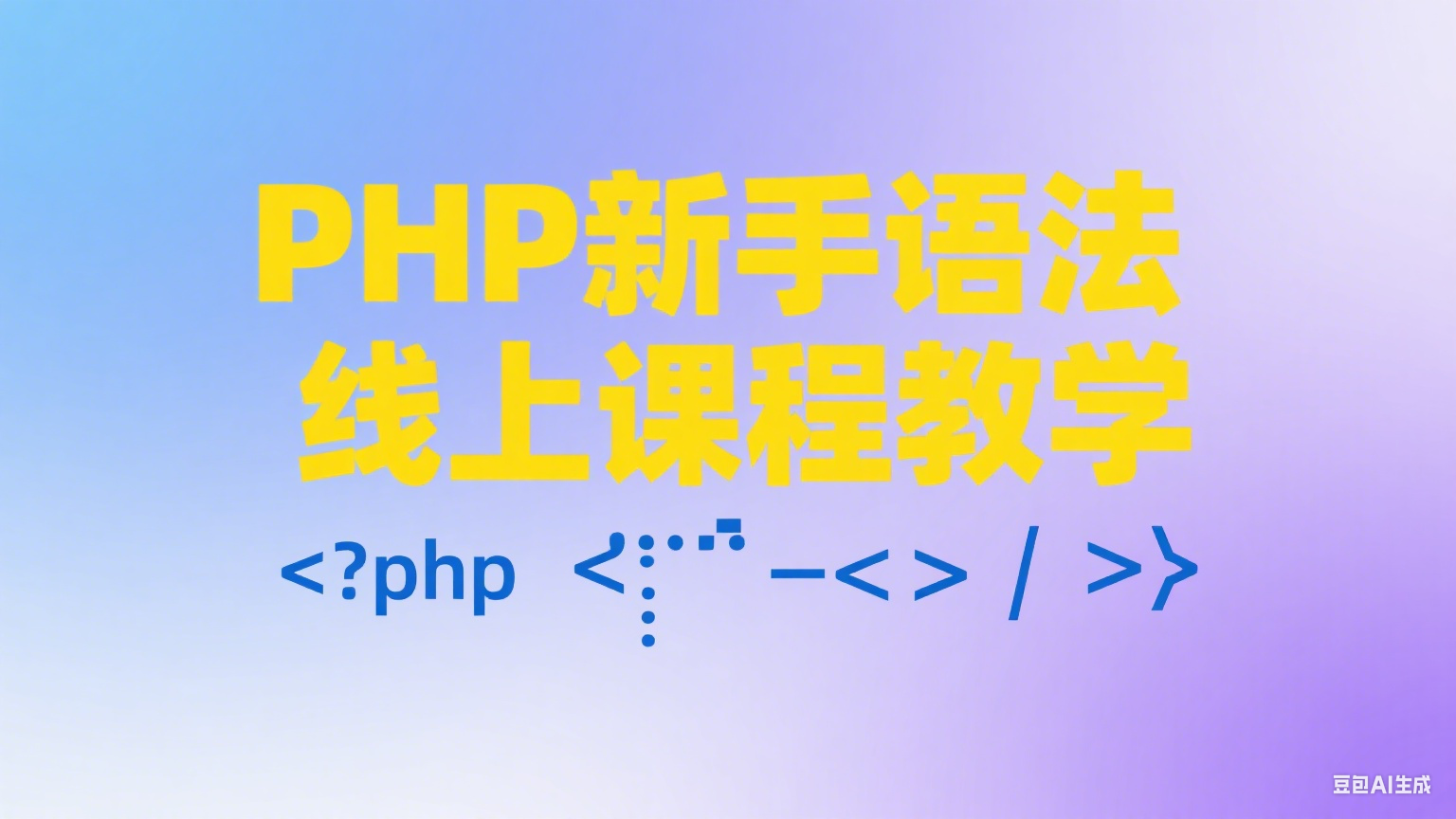重载比较运算符可使自定义类型支持==、!=、<、>等操作,可通过成员或非成员函数实现;以Point类为例,用成员函数重载==和!=实现坐标相等判断,通过!<实现>,基于<和==推导<=和>=,推荐使用非成员函数保持对称性,结合std::tie可简洁实现字典序比较,确保逻辑一致以满足STL容器要求。

在C++中,重载比较运算符是为了让自定义类型(如类或结构体)的对象能够使用==、!=、<、>、<=、>=等操作符进行比较。实现方式可以通过成员函数或非成员函数(通常为友元函数),具体选择取决于需求。
重载相等与不等运算符(== 和 !=)
以一个表示二维点的Point类为例:
class Point {
public:
int x, y;
Point(int x = 0, int y = 0) : x(x), y(y) {}
// 成员函数重载 ==
bool operator==(const Point& other) const {
return x == other.x && y == other.y;
}
// 成员函数重载 !=
bool operator!=(const Point& other) const {
return !(*this == other);
}
};
登录后复制
这里operator==直接比较两个点的坐标是否相等。operator!=通过复用==的结果取反实现,避免重复代码。
重载关系运算符(<, >, <=, >=)
如果需要排序(比如放入std::set或使用std::sort),通常要重载<:
立即学习“C++免费学习笔记(深入)”;
bool operator<(const Point& other) const {
if (x != other.x)
return x < other.x;
return y < other.y; // 按字典序比较
}
登录后复制
这个实现确保了严格的弱排序,适合STL容器使用。其他关系运算符可基于<和==构建:
bool operator>(const Point& other) const {
return other < *this;
}
bool operator<=(const Point& other) const {
return !(*this > other);
}
bool operator>=(const Point& other) const {
return !(*this < other);
}
登录后复制
使用非成员函数重载(推荐用于对称性)
有时更推荐使用非成员函数,尤其是当希望支持隐式转换或保持接口对称时:
class Point {
// ...
public:
Point(int x = 0, int y = 0) : x(x), y(y) {}
// 声明为友元以便访问私有成员(如果x,y是private)
friend bool operator==(const Point& a, const Point& b);
friend bool operator<(const Point& a, const Point& b);
};
// 非成员函数定义
bool operator==(const Point& a, const Point& b) {
return a.x == b.x && a.y == b.y;
}
bool operator<(const Point& a, const Point& b) {
return std::tie(a.x, a.y) < std::tie(b.x, b.y); // 使用tie简化比较
}
登录后复制
使用std::tie可以简洁地实现字典序比较,特别适用于多个成员的情况。
基本上就这些。关键是要保证逻辑一致,比如a == b为真时,a < b和b < a都应为假。重载比较运算符后,你的类就能自然地融入标准算法和容器中了。
以上就是c++++中如何重载比较运算符_c++比较运算符重载方法的详细内容,更多请关注php中文网其它相关文章!

c++速学教程(入门到精通)
c++怎么学习?c++怎么入门?c++在哪学?c++怎么学才快?不用担心,这里为大家提供了c++速学教程(入门到精通),有需要的小伙伴保存下载就能学习啦!
来源:php中文网

本文内容由网友自发贡献,版权归原作者所有,本站不承担相应法律责任。如您发现有涉嫌抄袭侵权的内容,请联系admin@php.cn
最新问题
热门推荐





























